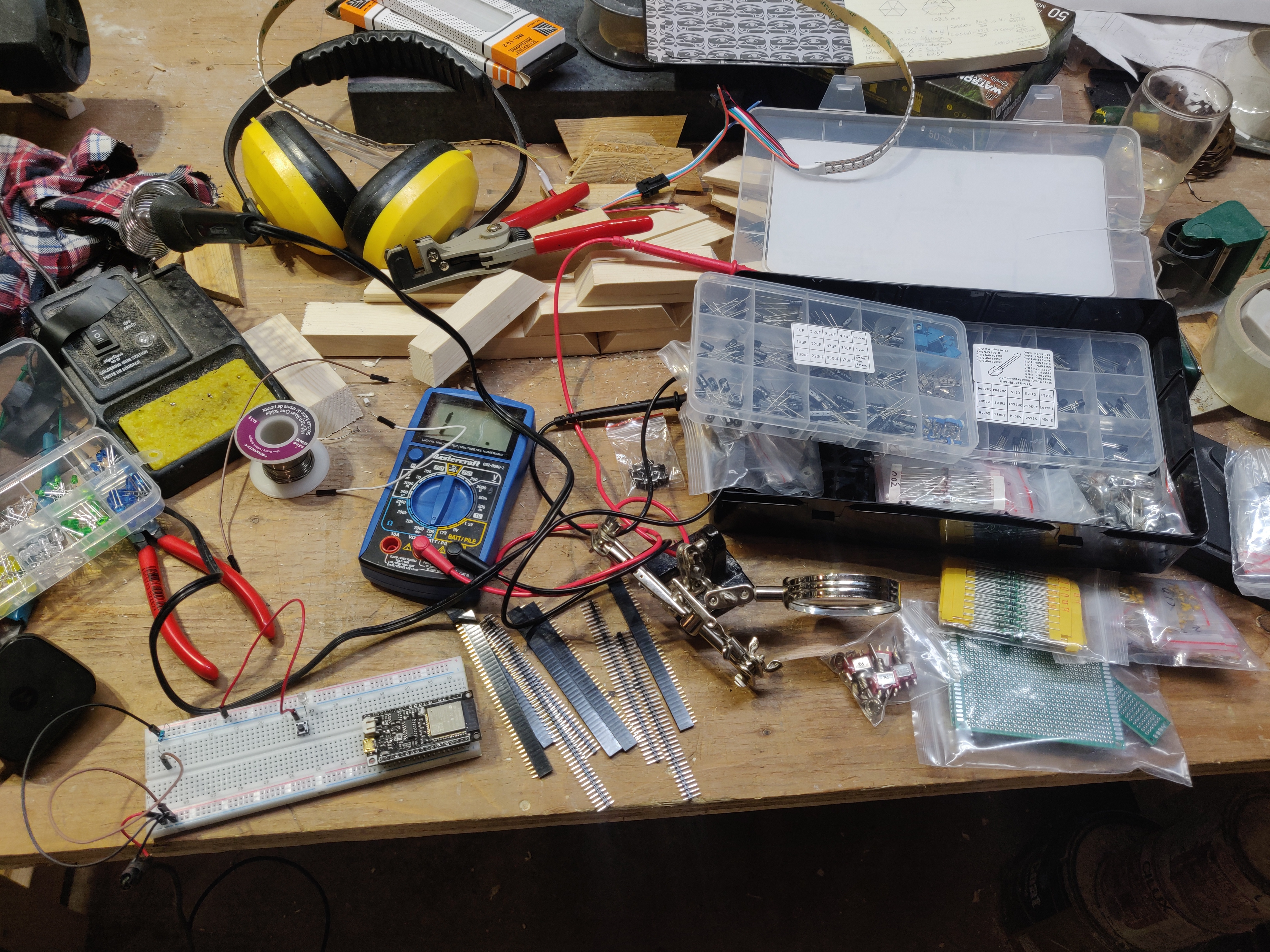Kits are to be used quite differently than other electronics. I think kits are very helpful for precise calibration of analog components. Manual trimming as some people would say.
So lets say you want a 1000 Ohm +/- 0.1% resistor. Well, you don't just pull out brown-black-red (10 * 10^2) resistor out of the kit, because your kit is only 5%, maybe 1% accurate. So what do you do? Well to start, +/- 0.1% means hitting 999 Ohms to 1001 Ohms. Is this even possible?
You pull out the 1000 Ohm resistor as a base, your "starting guess". Lets say its 958.5 Ohms, as measured by your multimeter (which commonly have 3.5digit accuracy). You then add a 47-ohm resistor, except the 47-ohm resistor is off as well because I'm assuming a 5% kit. Lets say its 49.1 Ohms. In series, the two are now 1007.6 Ohms.
You now add a 132578 Ohm resistor in parallel, but E12 means the best you can do is a 120,000 Ohm resistor. When you put them in parallel, you get... 999.21 Ohms.
Done and done. You've achieved 0.1% accuracy by "trimming" your resistor and measuring the results with your Ohmmeter.
Since you have a large variety of resistors available, you always know you can perform this trimming (series to increase resistance, parallel to trim-down). A large variety of analog circuits require highly-accurate resistors, and even if you only have an E12 kit +/- 5%, you know that within 3ish resistors of trimming will always result in 0.1% accuracy.

